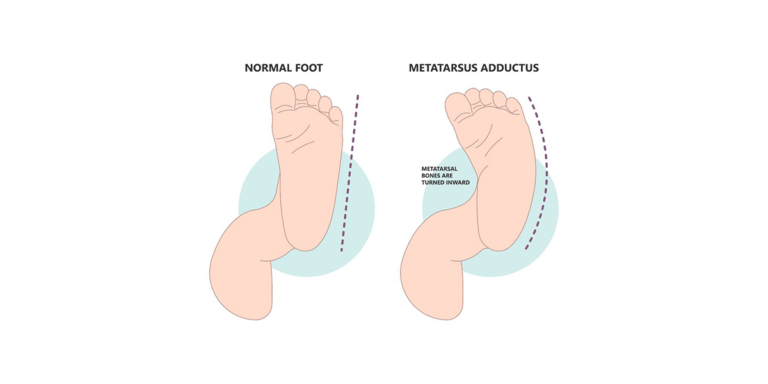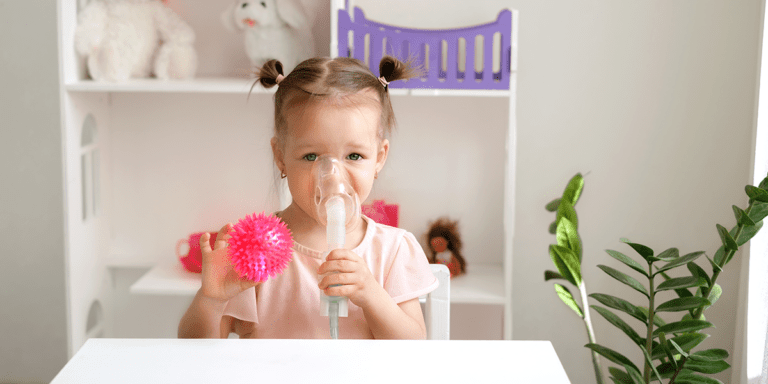Understanding Melatonin Production in Babies: What Age Does It Begin?
- Dr Owais Rafiq
- October 1, 2024
- 6:31 pm

Melatonin also called a sleep hormone is produced by the pineal gland. The pineal gland is an endocrine gland located deep in the middle of the brain. It involves controlling the sleep-wake cycle by the secretion of melatonin.
Every person has a natural circadian rhythm or a 24-hour internal body clock. Melatonin is involved in this cycle. It synchronizes with the body’s natural clock and helps in sleep management. Light inhibits this secretion.
Melatonin induces a calm, relaxed condition in newborns, helping them get ready for sleep. It rises about two hours before regular bedtime. As melatonin production in babies is continuous throughout the night, they can stay in deep sleep. To prepare for waking, melatonin levels frequently peak between two and four in the morning and then decline again.
When does melatonin production in babies begin?

The activity level of the mother has a major impact on the baby’s biological clock during pregnancy. Furthermore, melatonin from the mother is transferred by the placenta to the baby, promoting sound sleep throughout the mother’s slumber.
At birth, babies lack an innate circadian rhythm. Babies’ pineal glands become active at birth, which causes them to begin producing melatonin.
Although it starts very low, melatonin production does increase with age. Newborns can continue to receive melatonin from their breast milk even if the placental link breaks.
Babies will also start to create their circadian cycles after birth. Newborns’ sleep patterns can be quite unpredictable initially, and some might have trouble telling the difference between day and night. But sometime between 8 and 16 weeks of age, their circadian rhythms will begin to grow, and you should start to notice that they begin getting more regular sleep patterns. Melatonin production can be delayed in some infants who experience any apparent life-threatening event because of the delayed pineal gland growth.
How stimulate melatonin production in babies?
One of the most efficient ways parents may assist melatonin production in babies is by putting them to sleep in a dark room. Experts recommend putting babies to sleep in a dark room for both naps and nights. This can make your infant feel calm and fall asleep more quickly. It will also help in linking their sleep cycles.
Because the body’s circadian rhythm plays a vital role in the release of melatonin, having a consistent routine for your child is essential.
Strategies to build melatonin sleep-wake cycle in babies
To create a routine for your infant, follow the following steps:

- Wake them up at the same time every morning to help “set” their circadian rhythm.
- Ensure that their nap times and lengths are appropriate for their age. This boosts sleep pressure throughout the day and allows people to sleep better at night.
- Keeping a consistent bedtime. For newborns under 6 months old, this should be no later than 2 hours after they wake up from their previous nap. Older babies may wake up 4 to 5.5 hours after their nap, depending on their age and nap length.
How naturally improve a baby’s sleep?
- Create an appropriate sleeping environment.
- Babies under the age of two need a dark environment for both naps and nighttime sleep since they are incapable of fearing the dark. In the daytime, blackout blinds are a great option to keep the environment as dark as possible.
- A nightlight can be used to comfort them in case of any fear of the dark. If possible, use a red nightlight, as research has shown that it has no impact on melatonin production in babies. Blue light should be avoided since it inhibits melatonin more than any other color of light.
- Younger babies who haven’t begun rolling over could help by getting swaddled to reduce their startle reflex as they sleep. When an older baby starts rolling over, a leg-up sleepsuit or sleeping bag is a great solution. This might reduce the possibility that they’ll tangle themselves in blankets or they’ll kick off the covers and get cold.
- White noise may help babies drift between sleep cycles rather than wake up during the night, in addition to being a very helpful calming aid for settling; this is especially helpful during naps and in the early morning when sleep pressure is reduced.

- Awake times and nap lengths
- At any given age, a baby will require a specific amount of sleep over a 24-hour period. If they are having too much sleep during the day, they will be under-tired at bedtime, causing them to wake more overnight. On the other hand, if they aren’t getting enough sleep during the day, this can then make them overtired which can also cause more overnight waking!
- Make sure your kids wake up at the same time every day and have regular nap times if you want to manage their sleep. They might need to be woken up from naps as well. Your kid will be fatigued enough to sleep through the night if they are sleeping excessively throughout the day.
- Settling
Must Read: Do Newborns Have Nightmares?
The circadian rhythm of your infant will begin to develop. Approximately three to four months of age, at which point more consistent sleep patterns ought to start to appear. This does not imply that they will have restful sleep. In fact, because of the sleep regression that occurs at this age, some babies who were previously sleeping well may begin to wake more frequently at the age of three or four months.
Working on self-settling is essential to enhancing their naps and nightly sleep after the 4-month setback. Your kid will have the best chance of readjusting when they wake up during the night if you concentrate on bedtime and nap times from the beginning.
Dr Owais Rafiq
Subscribe to Dr Owais YouTube channel
For parenting advice, child health, symptoms, causes and treatment of illness in children.





